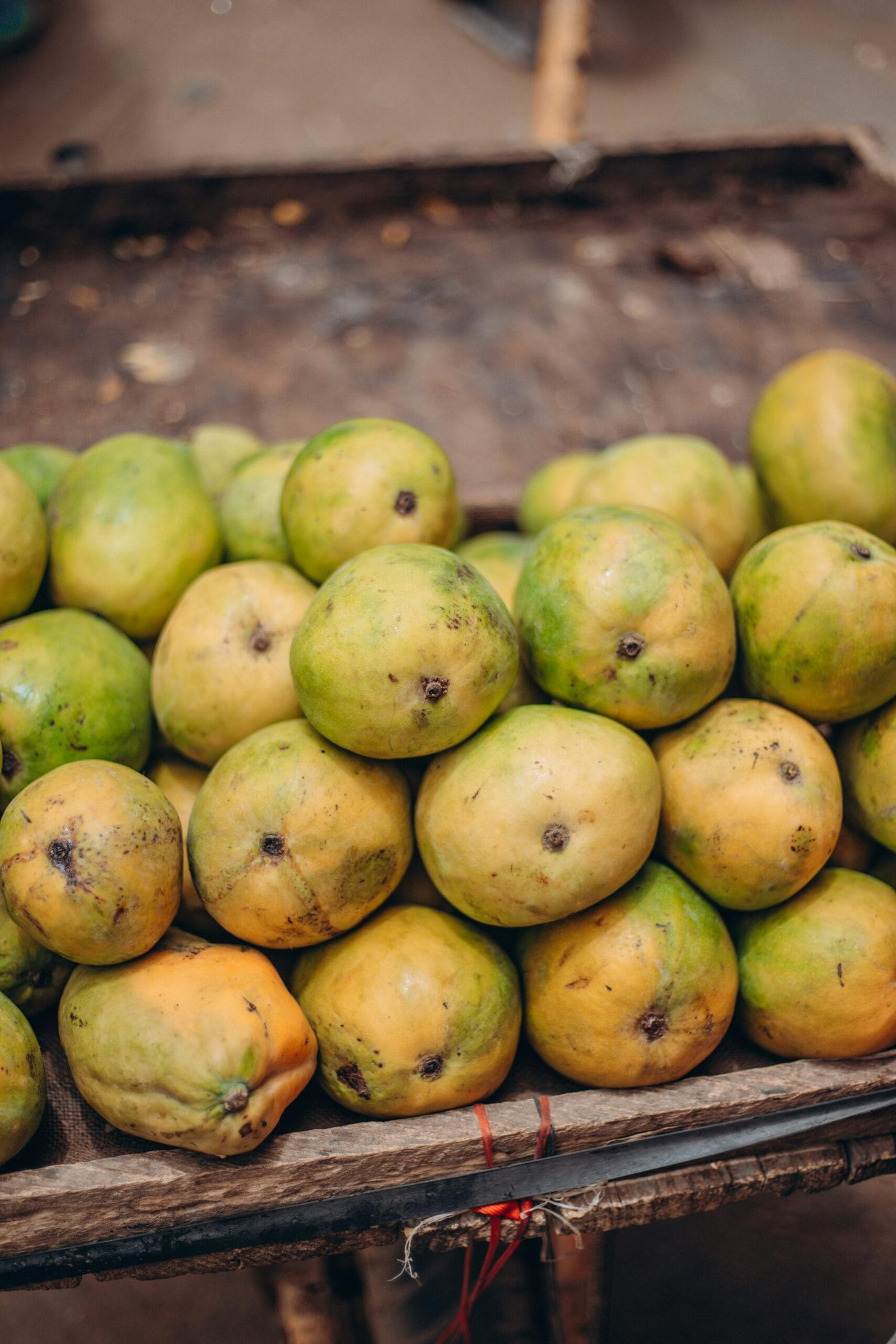Have you ever wondered about the benefits of adding something unusual yet incredibly nutritious to your diet? That’s where Nopal, the edible cactus, steps in. Often overlooked, this vibrant ingredient holds a treasure trove of health benefits that could change the way you think about wellness and nutrition.

Getting to Know Nopal
What Is Nopal?
Nopal, also known as the prickly pear cactus, belongs to the genus Opuntia. Commonly grown in Mexico and other parts of the Americas, it features flat, fleshy pads that are edible. Nopal has been a staple in Mexican cuisine for centuries, not only for its versatility in dishes but also for its health-promoting properties. These pads are harvested from the cactus and can be consumed raw, cooked, or in supplement form.
A Rich History
The use of Nopal traces back to ancient civilizations, particularly the Aztecs, who praised it for both nutritional and medicinal purposes. Today, it holds its place in cultural cuisines and modern diets worldwide, bridging the gap between tradition and nutrition science.
Nutritional Breakdown of Nopal
Vitamins and Minerals
Nopal is rich in essential vitamins and minerals that are vital for maintaining optimal health. When you consume Nopal, you gain access to a bounty of nutrients such as:
- Vitamin C: Contributing to immune function and skin health.
- Vitamin A: Important for vision and organ function.
- Calcium: Essential for bone health and various metabolic functions.
- Potassium: Helps regulate fluid balance, muscle contractions, and nerve signals.
Fiber and Antioxidants
Another standout characteristic of Nopal is its impressive fiber content. As a dietary staple, fiber is crucial for digestive health and maintaining stable blood glucose levels. Additionally, antioxidants in Nopal combat oxidative stress and inflammation, essential for reducing the risk of chronic diseases.
Nopal’s Nutritional Profile at a Glance
| Nutrient | Amount (per 100g of Nopal) |
|---|---|
| Calories | 16 kcal |
| Protein | 1.0 g |
| Fat | 0.1 g |
| Carbohydrates | 3.3 g |
| Fiber | 2.2 g |
| Vitamin C | 4.8 mg |
| Calcium | 56 mg |
| Magnesium | 85 mg |
Health Benefits of Nopal
Supports Blood Sugar Control
One of the most significant benefits of Nopal is its ability to aid in blood sugar management. The fiber and pectin in the cactus help decrease blood sugar spikes after meals by slowing carb absorption. This makes it particularly beneficial for individuals with diabetes or those aiming to maintain stable energy levels.
Promotes Digestive Health
Nopal’s high fiber content doesn’t just help with blood sugar levels; it also supports regular and healthy digestion. It encourages bowel regularity and can help prevent constipation. The mucilage found in Nopal acts as a natural digestive aid, soothing the stomach lining and reducing discomfort.
Reduces Inflammation
Anti-inflammatory properties of Nopal represent yet another advantage. The antioxidants within the cactus help reduce inflammation throughout the body, which is crucial in managing conditions such as arthritis or autoimmune diseases.
Aids in Weight Management
For those looking to manage or reduce weight, Nopal can be an effective ally. Its high fiber content promotes a sense of fullness, reducing overall calorie intake during meals. Combined with its low-calorie value, it’s a perfect addition to most weight loss diets.
Supports Heart Health
Maintaining a healthy heart is crucial, and Nopal helps in this area as well by:
- Lowering cholesterol levels due to its soluble fiber.
- Providing potassium that assists in blood pressure regulation.
- Offering antioxidants that protect the cardiovascular system from damage.
Incorporating Nopal into Your Diet
Culinary Uses and Preparations
Nopal can add variety to your meals without much hassle. Here are a few ideas to incorporate it into your meals:
- Raw: Add chopped Nopal to salads for a crunchy texture.
- Grilled: Season and grill the pads for a smoky, savory side dish.
- Juiced: Blend Nopal into smoothies and juices for a refreshing drink with extra health benefits.
Recipes to Try
Here are some simple ways to enjoy Nopal:
Nopal Salad
- Ingredients: Nopal pads, cherry tomatoes, onions, cilantro, lime juice, salt, and pepper.
- Instructions: Dice the Nopal and mix with other ingredients. Let it chill before serving.
Grilled Nopal
- Ingredients: Nopal pads, olive oil, salt, lime.
- Instructions: Brush Nopal with olive oil, season, and grill until tender. Serve with lime.

Potential Side Effects and Considerations
Possible Allergies
As with any food, some individuals might be sensitive or allergic to Nopal. Symptoms of an allergic reaction may include swelling, itching, or gastrointestinal discomfort. It’s essential to introduce Nopal into your diet slowly and watch for any adverse reactions.
Moderation Is Key
Despite its benefits, moderation is crucial when consuming Nopal. Overconsumption can lead to digestive issues such as bloating or diarrhea due to its high fiber content.
Nopal Supplements
If fresh Nopal isn’t readily available, supplements such as powders or capsules offer an alternative. However, it’s always important to choose high-quality supplements from reputable sources and consult a healthcare provider, particularly if you are currently taking other medications or have existing health conditions.

Conclusion
By adding Nopal to your diet, you’re not just introducing a new ingredient but also harnessing a powerhouse of nutrients and benefits. From blood sugar control and digestive health to weight management and inflammation reduction, the versatility and benefits this cactus offers makes it a desirable addition to any diet.
Before incorporating Nopal regularly, it’s wise to consider any potential allergies and ensure it’s appropriate for your dietary needs and health goals. With its rich history, incredible health benefits, and culinary applications, Nopal stands as a shining example of how nature can nourish and replenish our bodies.
So, why not give Nopal a chance in your kitchen today? Exploring its potential could surprise you in more ways than one, elevating your meals and health profile alike.

